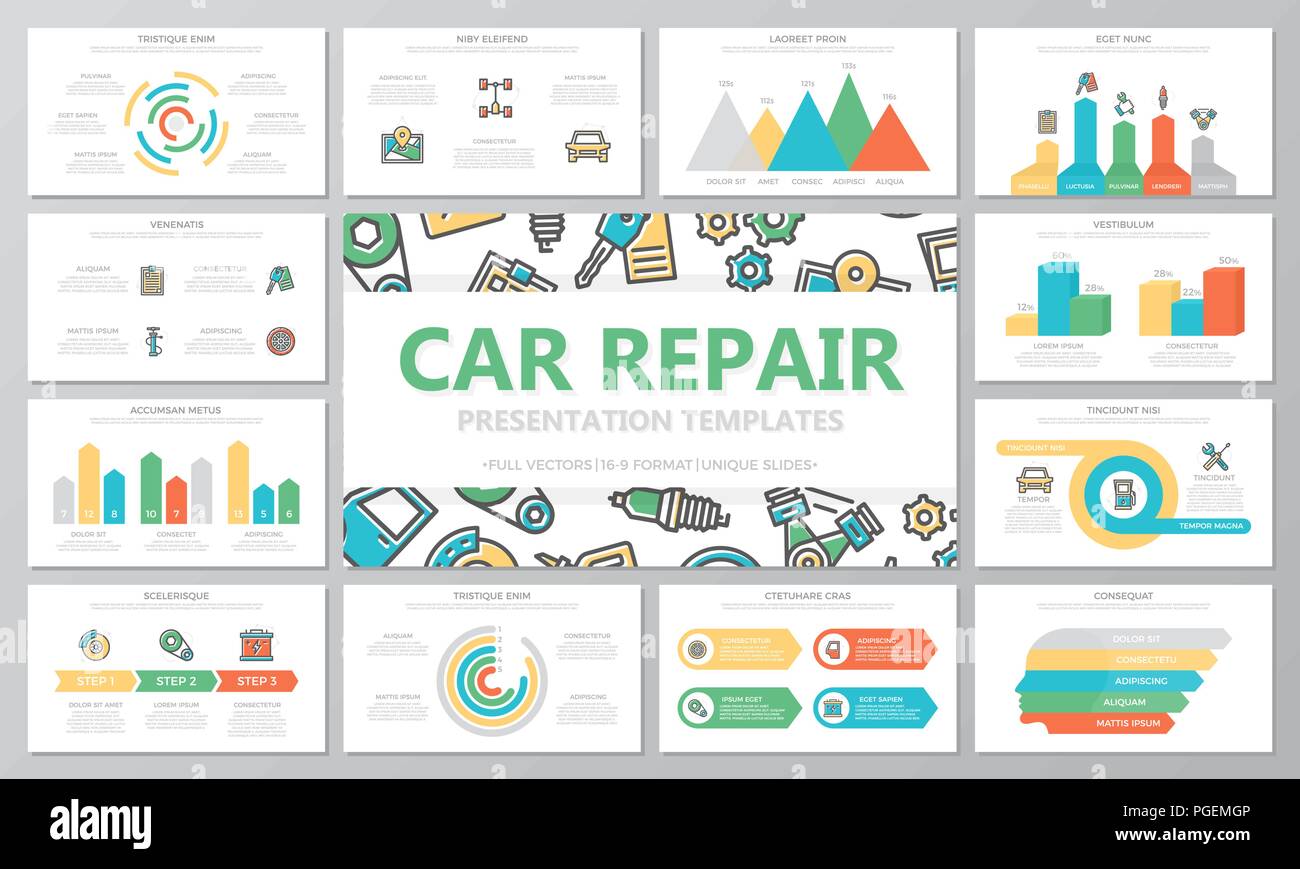Translating Your Car'S Alert Lighting: Their Real Effects
Translating Your Car'S Alert Lighting: Their Real Effects
Blog Article
Post Composed By-Higgins Stark
When you lag the wheel, those beautiful warning lights on your dashboard can be a bit complicated. Do you recognize what they're trying to tell you about your car's health? Comprehending the importance of these lights is important for your security and the longevity of your car. So, the next time among those lights turns up, wouldn't you want to decipher its message precisely and take the essential actions to address it?
Common Caution Lighting and Interpretations
Identify common caution lights in your car and understand their meanings to make sure risk-free driving.
The most regular warning lights consist of the check engine light, which indicates issues with the engine or exhausts system. If this light comes on, it's essential to have your lorry examined quickly.
The oil stress cautioning light shows reduced oil pressure, requiring prompt attention to prevent engine damages.
https://car-oil-change62840.blog-mall.com/32677977/extremely-practical-mobile-automobile-describing-services-not-only-save-you-money-and-time-but-additionally-boost-your-car-s-long-life-uncover-just-how-they-can-transform-your-routine blinking battery light might suggest a damaged billing system, potentially leaving you stranded otherwise attended to.
The tire stress tracking system (TPMS) light signals you to reduced tire pressure, affecting vehicle security and fuel efficiency. Ignoring this could lead to dangerous driving conditions.
The abdominal light suggests a trouble with the anti-lock braking system, endangering your capacity to stop promptly in emergencies.
Last but not least, the coolant temperature level alerting light warns of engine getting too hot, which can lead to serious damages otherwise settled promptly.
Understanding these usual warning lights will help you address issues quickly and preserve secure driving conditions.
Value of Prompt Focus
Understanding the typical caution lights in your cars and truck is only the first step; the significance of without delay attending to these warnings can not be emphasized enough to ensure your safety and security when traveling.
When a caution light illuminates on your dashboard, it's your car's method of connecting a possible problem that needs attention. Ignoring these cautions can lead to a lot more serious problems in the future, jeopardizing your security and potentially costing you a lot more out of commission.
Trigger interest to alerting lights can protect against failures and mishaps. As an example, a flashing check engine light can show a misfire that, if left neglected, could trigger damages to the catalytic converter. Resolving this quickly can save you from an expensive repair.
Likewise, a brake system advising light might signify reduced brake liquid or worn brake pads, essential components for your safety and security when driving.
DIY Troubleshooting Tips
If you notice a warning light on your control panel, there are a few do it yourself fixing ideas you can try prior to seeking expert assistance.
The primary step is to consult your automobile's guidebook to recognize what the specific warning light shows. Often the concern can be as straightforward as a loosened gas cap triggering the check engine light. Tightening the gas cap may settle the issue.
Another usual concern is a low battery, which can set off various advising lights. Checking the battery connections for deterioration and guaranteeing they're safe might take care of the issue.
If a caution light persists, you can try resetting it by detaching the auto's battery for a couple of mins and after that reconnecting it. Additionally, inspecting auto marine , such as oil, coolant, and brake liquid, can aid repair advising lights associated with these systems.
Verdict
In conclusion, understanding your auto's caution lights is crucial for maintaining your lorry running efficiently and safely. By immediately resolving these signals and recognizing what they indicate, you can prevent expensive repair services and possible failures.
Remember to consult your car's guidebook for particular details on each cautioning light and take action as necessary to guarantee a hassle-free driving experience.
Stay notified, remain safe when traveling!
